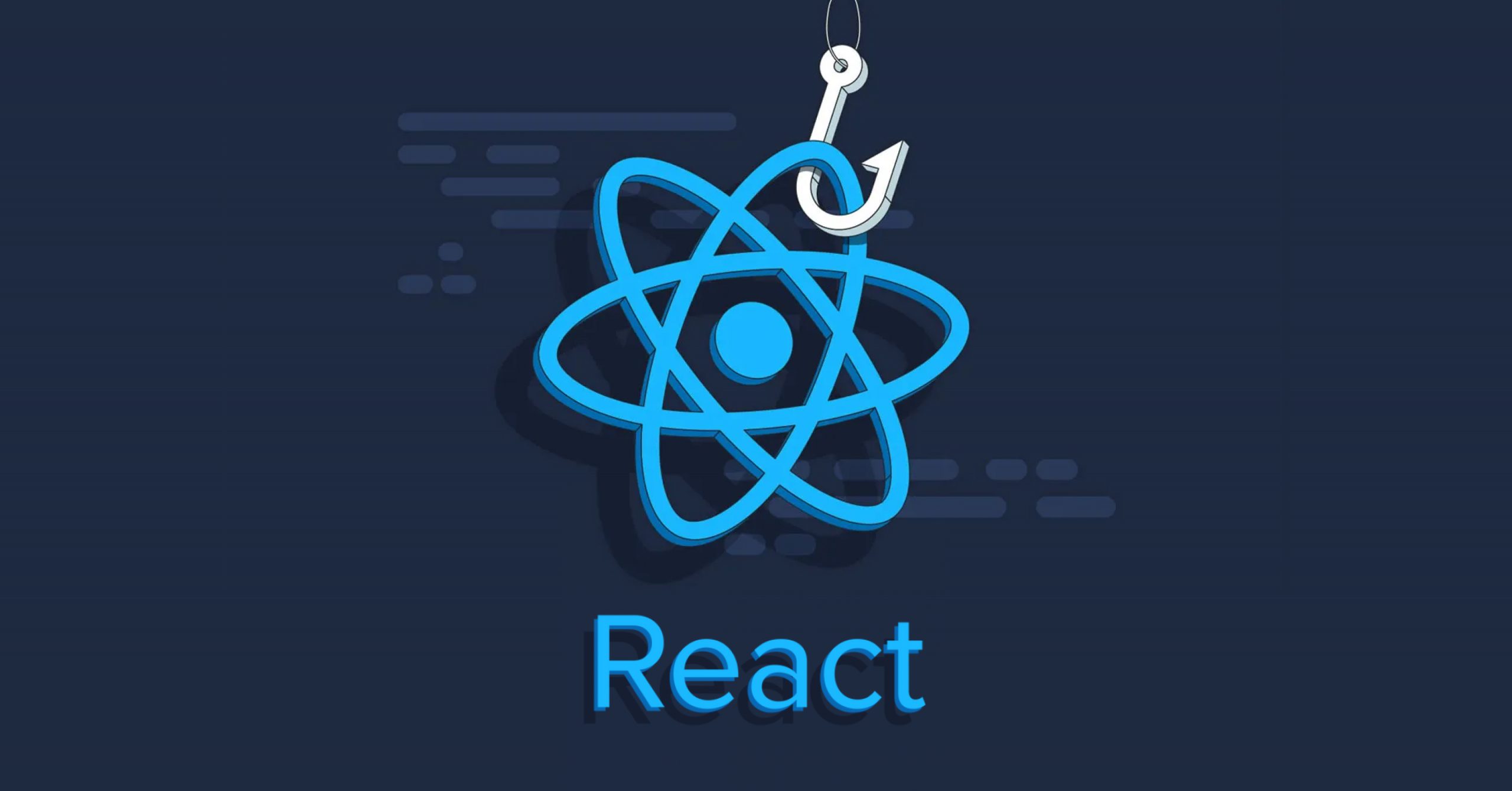
6 Essential Prerequisites For ReactJS
Mar 21, 2025 3 Min Read 24376 Views
(Last Updated)
Have you ever wished to create your own modern website or app with high performance and security?
If you did, learning ReactJS is the best decision! Making beautiful, sensitive, and quick web applications requires a lot of effort. ReactJS has a lot to offer in UI development.
Now, the very first thought that might as well come to your mind is- What are the prerequisites for ReactJS?
Well, ReactJS is a very powerful front-end framework based on JavaScript. And, it’s a wonderful creation by Facebook Inc. that solves many issues related to the front-end.
Firstly, it follows a component-based design, which allows developers to create resizable web applications or complex user interfaces by integrating small and isolated snippets of code. Then, the process may seem complicated but by gaining expertise in the right prerequisites for ReactJS one can easily excel in it.
The most important thing to understand here is that many developers and experienced people commit the mistake of jumping straight into ReactJS without first understanding the prerequisites.
If you jump right into ReactJS, you’ll run into a lot of issues. You will be stumped during your interview, when you are asked questions about ES6, JSX, Babel, Package Manager, basic JavaScript, or other fundamental concepts.
Table of contents
- 6 Essential Prerequisites for Learning ReactJS
- HTML and CSS
- Node Package Manager
- Fundamentals of JavaScript and ES6
- JavaScript XML(JSX) and Babel
- Bootstrap 4
- Git and CLI (Command Line Interface)
- Conclusion
6 Essential Prerequisites for Learning ReactJS
In this article, we will go through some prerequisites and essentials that you should be familiar with before jumping into coding in ReactJS. These fundamentals will also assist you in learning other JavaScript frameworks and libraries in the future.
Before diving into the next section, ensure you’re solid on full-stack development essentials like front-end frameworks, back-end technologies, and database management. If you are looking for a detailed Full Stack Development career program, you can join GUVI’s Full Stack Development Course with Placement Assistance. You will be able to master the MERN stack (MongoDB, Express.js, React, Node.js) and build real-life projects.
Additionally, if you want to explore JavaScript through a self-paced course, try GUVI’s JavaScript certification course.
1. HTML and CSS
HTML and CSS are the pillars for all front-end developers. So, before you start learning ReactJS, make sure you know how to code in HTML and CSS.
You should be able to write semantic HTML tags, and CSS selectors, use classes, enforce a CSS reset, box model, reset to border-box, flexbox, write responsive web applications with media queries, and create a frontend framework using HTML and CSS.
2. Node Package Manager
The Node Package Manager plays a role in the installation and management of JavaScript applications. Installing NPM is as easy as installing Node.js. The file that has been submitted is kept in the NPM registry.
The NPM registry is where developers can get the tools they need to create software. Hence, before going on to use ReactJS, you should have a good grasp of the NPM (Node package manager) registry and how to use NPM to install packages.
3. Fundamentals of JavaScript and ES6
One of the most perplexing languages for programmers is JavaScript. You can’t learn ReactJS without first learning JavaScript. React makes extensive use of JavaScript as compared to other frontend solutions. ECMAScript 2015 or ES6 is a standard for scripting languages like JavaScript, ActionScript, and JScript. It was developed initially as a way to standardize JavaScript.
ES6 Features that you need to be familiarized
The following features of ES6 need to be familiarized to get a good grip of the language
- Let and Const
- Arrow functions
- Default parameters
- spread attributes
- Maps
- Sets
- Static methods
- Getters and Setters.
4. JavaScript XML(JSX) and Babel
JSX is HTML-flavored JavaScript. React elements are generated using JSX, which is a syntax extension of standard JavaScript. Hence, it is the best way to use HTML code in JavaScript.
Babel is a JavaScript compiler that converts HTML-like text in JavaScript files to standard JavaScript artifacts. It converts functionality from the most recent edition of JavaScript or ECMAScript 2015+ (ES6+) to ES5. While using JSX is not needed by React, most people find it useful as a visual aid when working with UI in JavaScript code. React will display more useful error and alert messages.
5. Bootstrap 4
Bootstrap is a front-end UI framework that makes it easy for ReactJS developers to create beautiful user interfaces in less time by providing a powerful grid (container, row, and col) system and ready-made UI components.
Multiple ways to combine Bootstrap with ReactJS code
- Implementing Bootstrap using CDN (content delivery network),
- Installing Bootstrap NPM library from Node Package Manager or
- Installing and using the React-Bootstrap library in ReactJS.
6. Git and CLI (Command Line Interface)
Another essential requirement for developers is Git (version control), which allows them to store their projects on GitHub, Bitbucket, and GitLab (Code hosting platform). It enables developers to collaborate and work together, as well as monitor and host various versions of project files.
With the aid of the CLI (Command-line interface), you’ll be able to implement different functionalities in ReactJS such as installing packages, using NPM, building a react app, running a react app, and a number of other tasks.
Conclusion
Without a doubt, ReactJS is the most popular library among frontend developers, and its popularity is growing by the day. It is fast, scalable, and easy. It helps in managing the view layer for web and mobile apps, allowing us to build reusable user interface components. Learning ReactJS will be a wonderful experience for new developers because it opens up a whole new universe of possibilities in JavaScript.
ReactJS-based applications have become high in demand, which pushes up the demand for web developers who know ReactJS.






















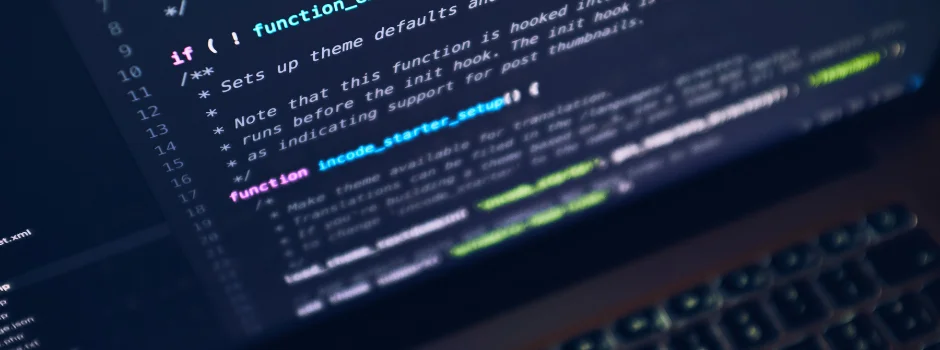
![9 Compelling Project Ideas for Frontend Development [With Source Code] 3 Feature image - Comprehensive List of Project Ideas for Frontend Development](https://www.guvi.in/blog/wp-content/uploads/2024/02/9-Compelling-Project-Ideas-for-Frontend-Development-With-Source-Code.webp)
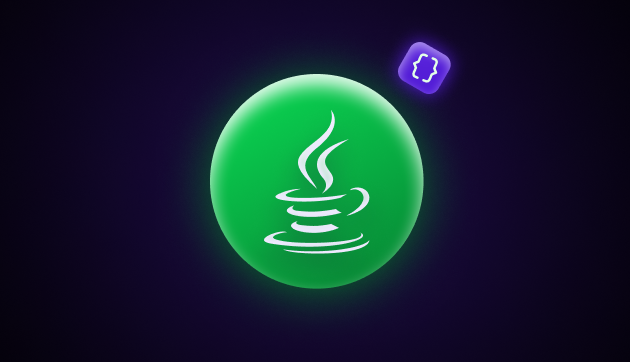
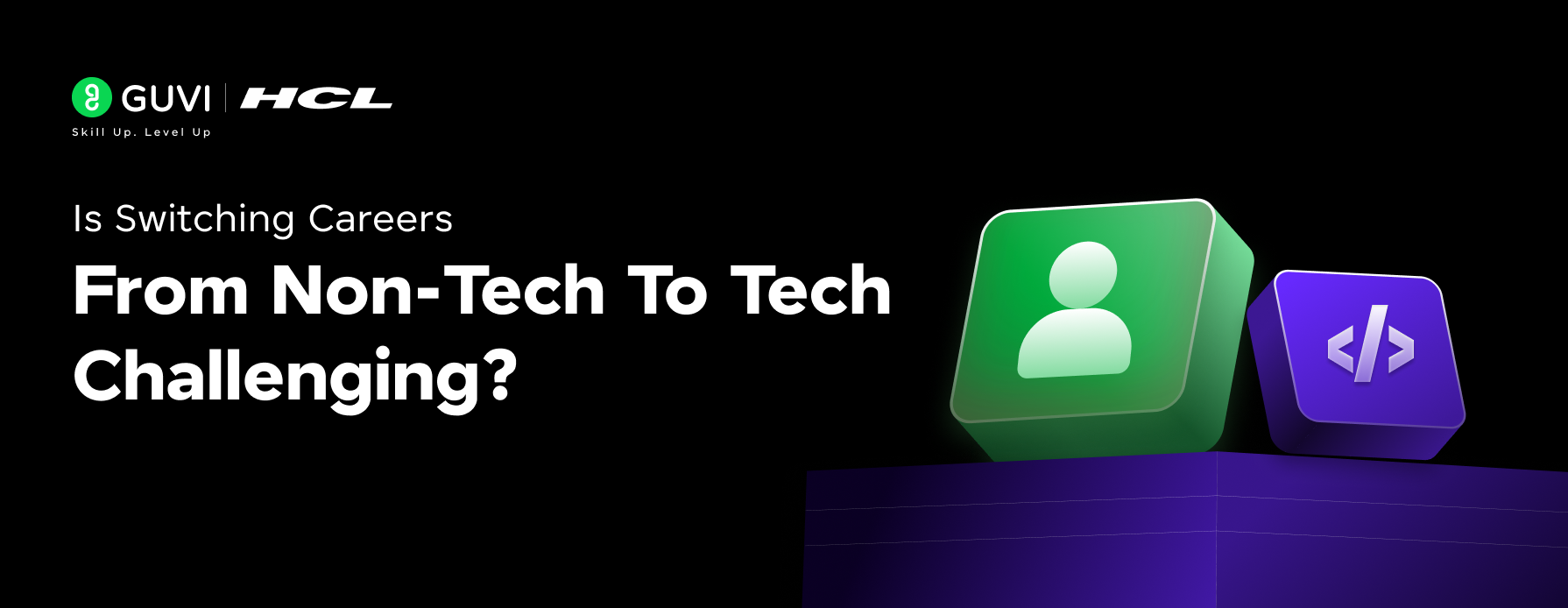
![Top Full Stack Web Developer Coding Projects in 2025 [With Source Code] 5 full stack web developer coding projects](https://www.guvi.in/blog/wp-content/uploads/2021/10/Top-Full-Stack-Web-Developer-Coding-Projects-With-Source-Code.png)
![Top 20+ React Interview Questions and Answers [2025] 6 Top 20 React Interview Questions and Answers](https://www.guvi.in/blog/wp-content/uploads/2022/01/Top-20-React-Interview-Questions-and-Answers.png)
![What is ReactJS? A Beginner's Guide [2025] 7 what is reactjs](https://www.guvi.in/blog/wp-content/uploads/2025/04/What-is-ReactJS_-A-Beginners-Guide.png)
![Top 10 React Native Project Ideas [With Source Code] 8 React Native Project Ideas](https://www.guvi.in/blog/wp-content/uploads/2024/10/React_Project_Ideas.png)
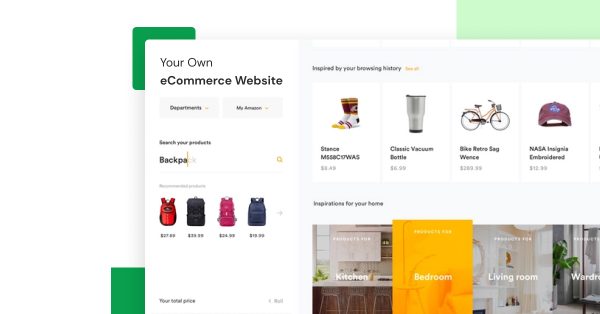

Did you enjoy this article?